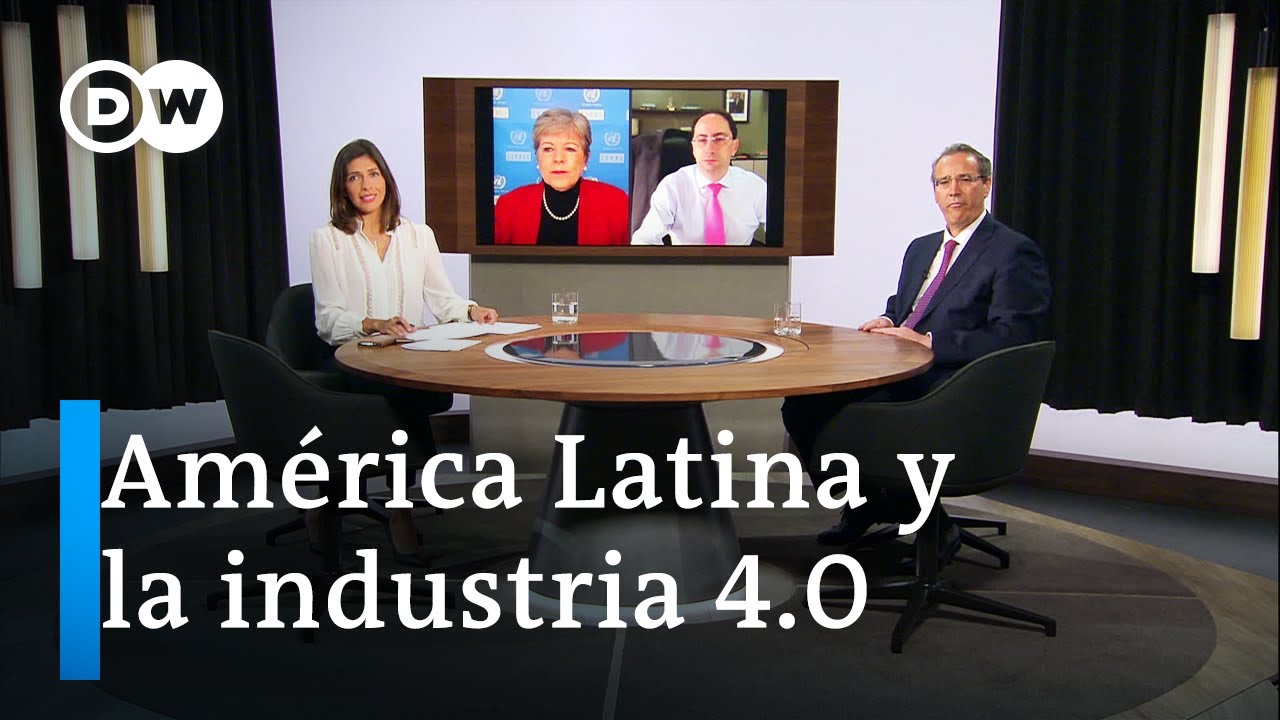Governance, leadership and digital transformation in times of AI
Summary
TLDRThas Lindu, a manager of Information Systems, discusses the challenges of public sector digitalization, emphasizing the need for strategic governance to facilitate digital transformation. With a background in design and teaching, Lindu highlights the importance of visionary leadership and the necessity of adapting to AI's complexities. The talk explores the role of universities in this shift, the balance between autonomy and central coordination, and the importance of not compromising academic freedom while embracing digital change.
Takeaways
- 📚 Thas Lindu's background includes design studies, UX and web design, and a shift towards strategy and governance in public sector digitalization.
- 🔑 The public sector has struggled with digital transformation due to a lack of digital infrastructure, strategy, and governance structures.
- 🏫 Universities are central to knowledge creation but are not the primary drivers of digital transformation, particularly in AI, which is often led by companies.
- 🤖 AI's complexity and its rapid development pose challenges for understanding and leadership, making it a timely and relevant topic for discussion.
- 🏛 The federated structure of Swedish universities, with decentralized departments, presents unique governance challenges in the face of digital transformation.
- 🧩 The identity of universities as both knowledge creators and government agencies needs to be balanced, especially when considering the impact of AI on academic freedom.
- 🔄 The necessity for visionary leadership during transformation is highlighted, suggesting that leadership can change more quickly than governance structures.
- 💡 Leadership should foster strategic conversations and focus on the infrastructure of organizational change without infringing on academic freedom.
- 📈 The balance between autonomy and central coordination within universities is crucial, especially when navigating the challenges of digital transformation.
- 📚 Books such as 'Managers Matter' and 'The Nature of Technology' offer insights into leadership during change and the complexities of technological evolution.
- 🔑 The enactment of current governance structures and focusing on leadership, strategy, and vision may be more effective in driving transformation than structural changes alone.
Q & A
What is the main focus of Thas Lindu's research?
-Thas Lindu's research primarily focuses on the digitalization of the public sector from a government and strategy perspective, with a background in design-oriented studies and experience in building apps within healthcare.
Why did Thas Lindu transition from a design-oriented role to a strategy and governance-focused approach?
-Thas Lindu transitioned because the public sector was unable to utilize the systems and platforms created due to a lack of digital infrastructure, strategy to absorb new ways of thinking, and governance structures to incentivize digital transformation.
What are the key activities Thas Lindu is involved in currently?
-Thas Lindu is involved in leading a division, teaching courses related to public sector digitalization, giving keynotes, having meetings, and conducting data collection with agencies, municipalities, and regions.
What is the significance of discussing AI in the context of public sector digitalization?
-AI is significant as it represents a transformative technology that is complex and challenging for leadership and organizations to understand, and it raises questions about the need for different leadership and strategies compared to other technologies.
Why is it important to focus on universities in the context of AI and digital transformation?
-Universities are important because they are knowledge creators and should be at the forefront of transformative times. However, they are not primarily driving digital transformation around AI, which is mainly done by companies, posing challenges to their role in society and methods of knowledge creation.
How does the federated structure of Swedish public universities impact their approach to digital transformation?
-The federated structure, with departments having their own budgets and freedoms, can make central coordination for digital transformation activities challenging, especially considering the varying levels of digital maturity and competence across the organization.
What are the core values that universities need to reflect on in response to the transformation brought by AI?
-Universities need to reflect on their core values of education, learning, and examination, and consider how AI and generative technologies might transform teaching, assessment, and academic integrity.
What is the 'donut model' mentioned by Thas Lindu, and how does it relate to university governance?
-The 'donut model' refers to a governance structure where there is little at the center and most of the power and resources are at the periphery, or departments. This model is significant in understanding the balance of power and autonomy within universities during digital transformation.
How does Thas Lindu suggest leadership should approach the balance between autonomy and central coordination in universities?
-Leadership should foster strategic conversations that do not dictate specific interests or research subjects but rather focus on the overall direction, infrastructure, and organizational change, respecting academic freedom and fostering trust-based leadership.
What are some of the challenges identified in the articles discussed by Thas Lindu regarding IT governance in universities?
-The challenges include a lack of strategy leading to a negative spiral of effects, financial structure issues, and the absence of new tools or rules to adapt to digital transformation, characterized by silo thinking, planning mindset, and non-digital leadership.
What is the role of leadership in fostering change and strategic dialogue within universities facing digital transformation?
-Leadership plays a crucial role in setting the direction, initiating conversations about the future, and ensuring the infrastructure supports the transformation without conflicting with academic freedom, emphasizing the need for visionary leadership.
Outlines

此内容仅限付费用户访问。 请升级后访问。
立即升级Mindmap

此内容仅限付费用户访问。 请升级后访问。
立即升级Keywords

此内容仅限付费用户访问。 请升级后访问。
立即升级Highlights

此内容仅限付费用户访问。 请升级后访问。
立即升级Transcripts

此内容仅限付费用户访问。 请升级后访问。
立即升级浏览更多相关视频

デジタル監から東京都副知事に3つの質問「都のDX」「ユーザー視点」「キャリア改革」

The Difference Between Digitization, Digitalization, and Digital Transformation

Transformasi Digital di Sektor Publik

¿Está preparada América Latina para la nueva revolución industrial?

Cetak Biru Transformasi Digital Perbankan

Transformasi Digital: Lebih dari Sekadar Digitalisasi? | Arief Mustain, Partner & Consultant CIAS
5.0 / 5 (0 votes)
